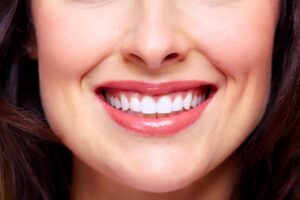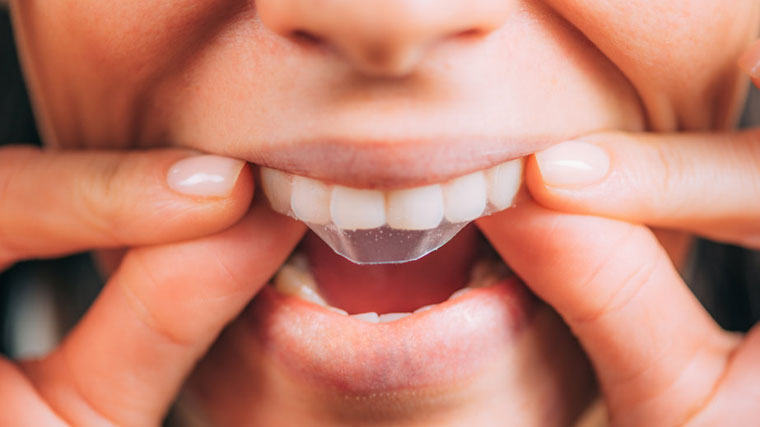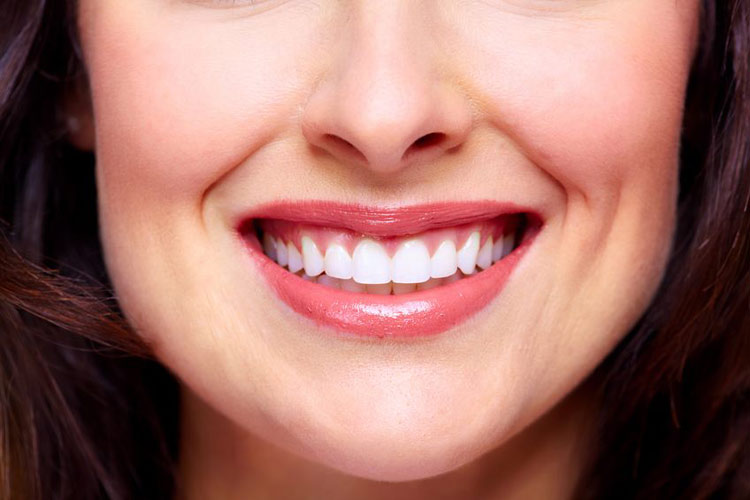Embarking on a journey towards a brighter, whiter smile begins right here. Whether this is your first foray into teeth whitening or you’re seeking to refine your existing knowledge, this comprehensive guide is tailored to enlighten and inspire. We’ll explore what teeth whitening is, delve into various methods including how to whiten teeth naturally, and discuss how much does teeth whitening cost—all designed to help you achieve that luminous smile you’ve been dreaming of.
What is Teeth Whitening?
Teeth whitening is a cosmetic dental procedure aimed at removing stains and enhancing the brightness of your teeth. It’s a journey towards reclaiming the sparkle in your smile that daily life—be it through coffee, tea, or the natural ageing process—might have dimmed.
Understanding Your Options
Before diving into any teeth whitening regimen, it’s crucial to understand the array of options available.
Professional In-Office Whitening
This method involves a dental professional applying a high-concentration peroxide gel to the teeth, often accelerated by a specialised light or laser.
Consult with your dentist to evaluate if professional whitening is suitable for you. They will discuss potential results and any associated risks.
While this option tends to be pricier, it offers immediate, noticeable results. It’s a worthwhile investment if you’re looking for quick and significant whitening.
At-Home Whitening Kits
These kits can range from pre-filled trays to strips and gels applied with a brush, offering a more affordable and convenient solution.
Follow the product’s instructions meticulously to avoid damaging your gums and teeth.
Patience is key. Results can take a few weeks to become apparent, and consistency is crucial for success.
Natural Whitening Methods
Natural methods include dietary changes and home remedies like baking soda and hydrogen peroxide mixtures.
Incorporate strawberries and apples into your diet to benefit from their natural cleansing properties. For a homemade paste, mix a small amount of baking soda with hydrogen peroxide and brush gently.
These methods are more gradual and less predictable but are a great supplement to other whitening strategies.
How Much Does Teeth Whitening Cost?
The cost of teeth whitening varies widely depending on the method chosen. Professional treatments can range from $500 to $1,000, while at-home kits are significantly less expensive, ranging from $20 to $100. Natural remedies will only cost you the price of the ingredients, making them the most budget-friendly option.
Putting Your Knowledge into Action
Now that you’re armed with a comprehensive understanding of teeth whitening, it’s time to take the next steps. Remember, achieving the perfect smile is a journey. Whether you opt for professional treatments, at-home kits, or natural methods, consistency and patience will be your best allies.
Consider starting with a small change today. Perhaps introduce a whitening toothpaste into your routine, or if you’re feeling adventurous, try a natural remedy like the baking soda and hydrogen peroxide paste. Every step you take is a step closer to unveiling the radiant smile that reflects the true you.
Conclusion
Remember that the best teeth whitening approach is one that fits your lifestyle, budget, and dental health. With the right knowledge and tools at your disposal, you’re well on your way to achieving and maintaining a bright, white smile that lights up the room. Make an appointment with Bespoke Dental Studio to learn more about how to whiten your teeth. Happy whitening!







